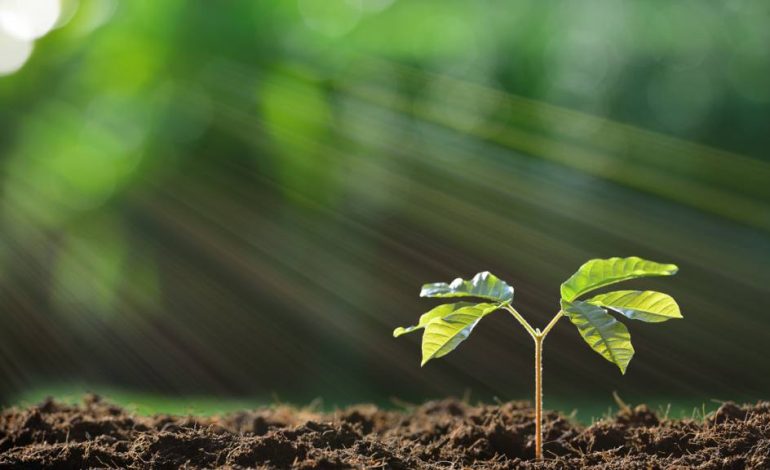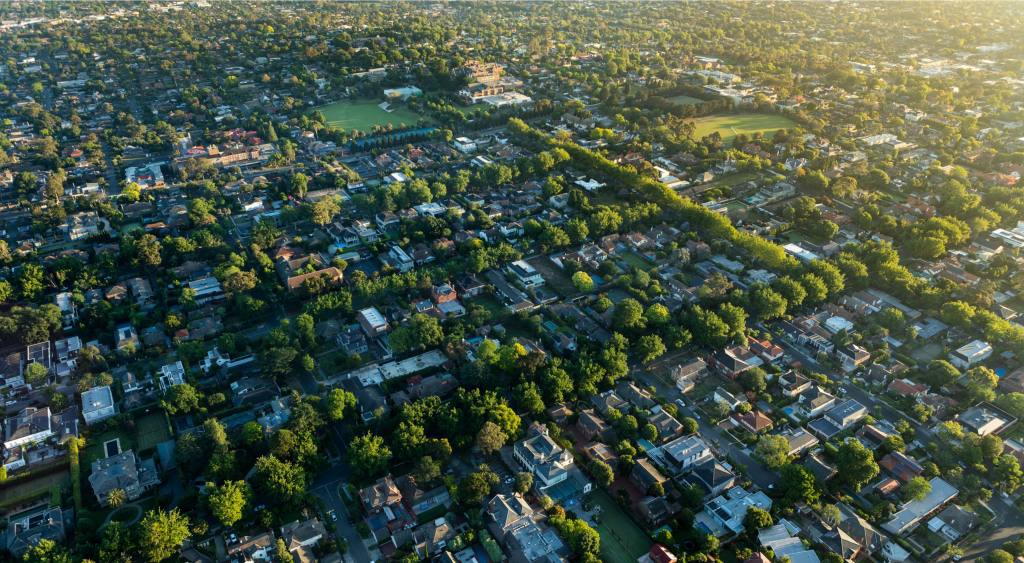Photosynthesis The Engine of Life on Earth

Photosynthesis is a fundamental process that powers life on Earth. Through the conversion of sunlight into chemical energy, plants, algae, and some bacteria sustain themselves and, by extension, all other life forms. Understanding the intricacies of photosynthesis helps us appreciate the interconnectedness of life and the critical role this process plays in maintaining the balance of our planet’s ecosystems.
The Process of Photosynthesis
Photosynthesis is a complex process that involves the transformation of light energy into chemical energy. It primarily occurs in the chloroplasts of plant cells, where chlorophyll, the green pigment, captures sunlight. The process is divided into two main stages: the light-dependent reactions and the light-independent reactions, also known as the Calvin cycle.
During the light-dependent reactions, sunlight is absorbed by chlorophyll, exciting electrons and splitting water molecules into oxygen, protons, and electrons. This stage generates energy-rich molecules, ATP and NADPH, which are then used in the Calvin cycle. The Calvin cycle takes place in the stroma of the chloroplasts, where carbon dioxide is fixed into glucose, a form of sugar that plants use for energy and growth. This cycle is vital for producing the energy that fuels not just plant life but all life on Earth.
The Role of Photosynthesis in the Ecosystem
Photosynthesis plays a pivotal role in sustaining ecosystems by providing the primary source of energy for almost all living organisms. Plants, the primary producers, convert sunlight into energy, which is then passed through the food chain. Herbivores, animals that consume plants, rely on this energy to survive, and in turn, carnivores feed on herbivores. This transfer of energy through different trophic levels underscores the importance of photosynthesis as the foundation of the food web.

Moreover, photosynthesis contributes significantly to the carbon cycle. By absorbing carbon dioxide from the atmosphere and releasing oxygen, plants help regulate the levels of these gases, maintaining the balance necessary for life. The oxygen produced during photosynthesis is essential for the survival of aerobic organisms, including humans.
Photosynthesis and Climate Change
As global concerns about climate change intensify, the role of photosynthesis in mitigating its effects has gained attention. Forests and oceans, which house vast amounts of photosynthetic organisms, act as carbon sinks, absorbing significant amounts of carbon dioxide from the atmosphere. This absorption helps reduce the greenhouse effect, which is responsible for global warming.
However, deforestation and ocean pollution threaten these natural processes. When forests are cleared or oceans are polluted, the capacity of these ecosystems to absorb carbon dioxide diminishes, exacerbating the effects of climate change. Protecting and restoring these ecosystems is crucial for maintaining the balance of photosynthesis and mitigating the impacts of climate change.
Photosynthesis in Future Technologies
The principles of photosynthesis are inspiring innovations in sustainable energy production. Scientists are exploring artificial photosynthesis as a way to harness solar energy to produce clean fuels, such as hydrogen. This technology mimics the natural process of photosynthesis, using sunlight to split water molecules and generate energy. While still in the experimental stage, artificial photosynthesis holds the potential to revolutionize the way we produce and use energy, offering a sustainable alternative to fossil fuels.
Additionally, advancements in agricultural practices are being developed to enhance the efficiency of photosynthesis in crops. By optimizing the conditions under which photosynthesis occurs, scientists aim to increase crop yields and improve food security in the face of a growing global population.
Conclusion
Photosynthesis is more than just a process that sustains plant life; it is the engine that powers life on Earth. From providing energy to ecosystems and regulating atmospheric gases to inspiring new technologies, photosynthesis plays a critical role in maintaining the balance of life on our planet. As we face environmental challenges like climate change, understanding and protecting the process of photosynthesis becomes increasingly important. By recognizing its significance, we can make informed decisions to protect our environment and ensure the sustainability of life on Earth.








